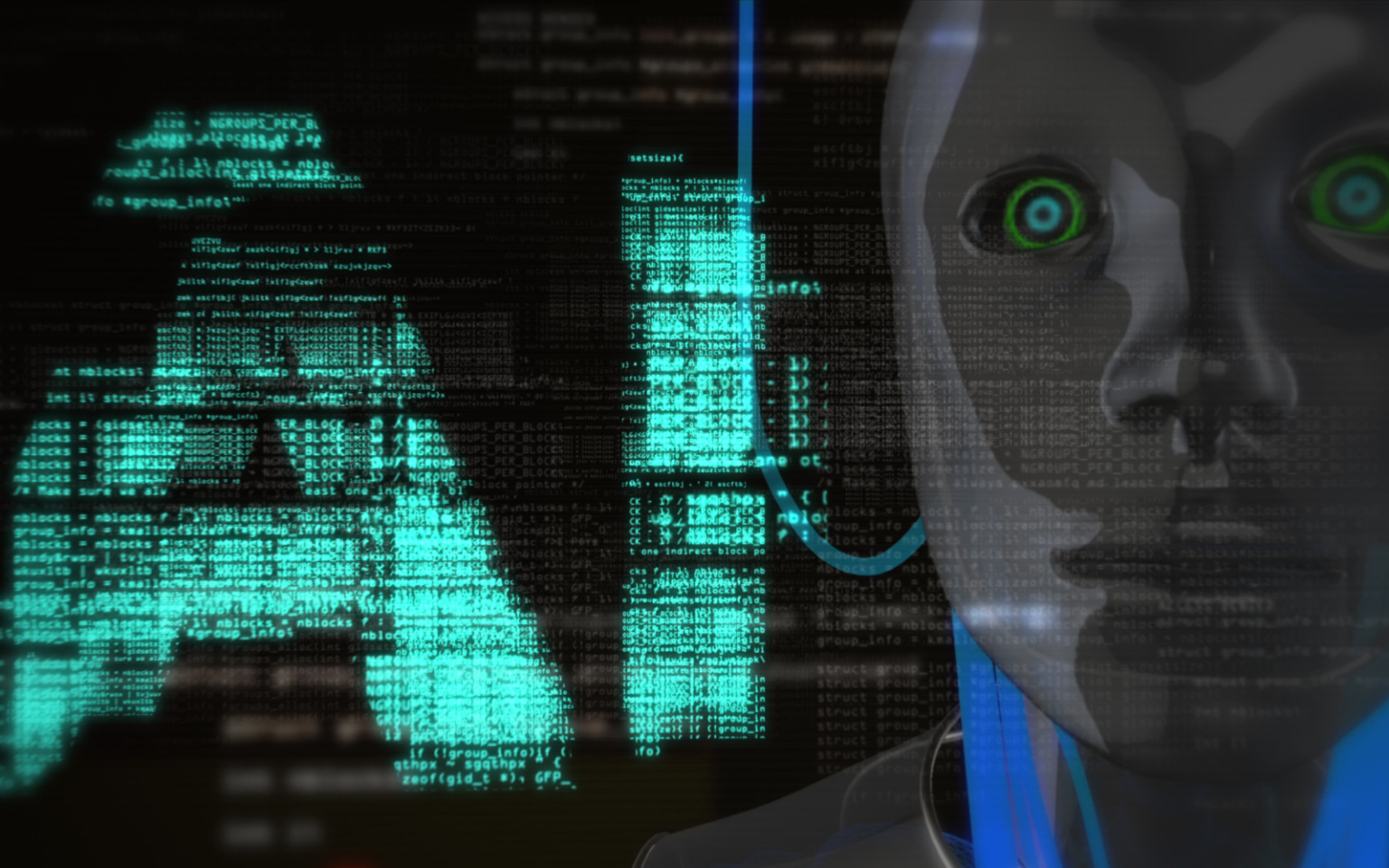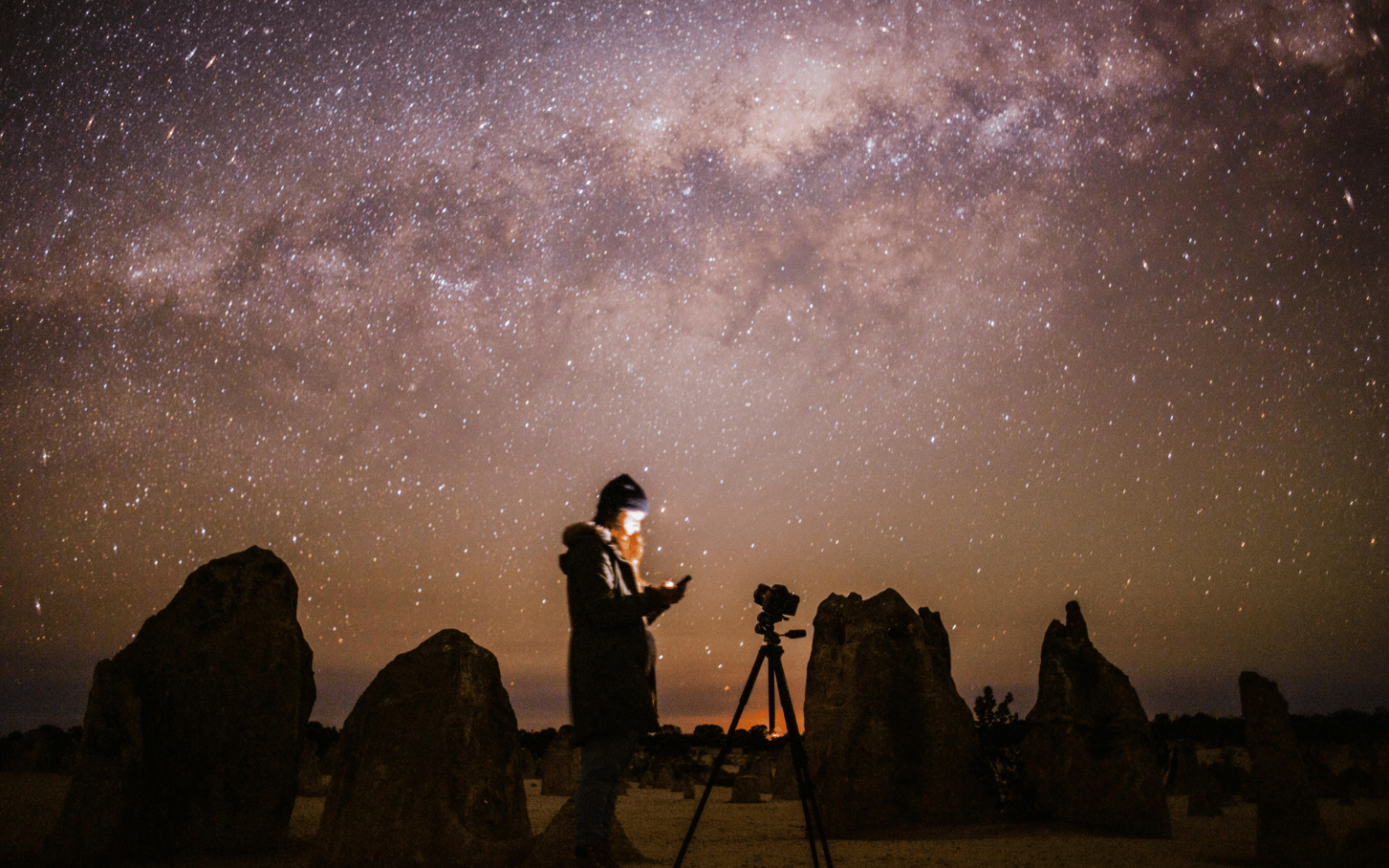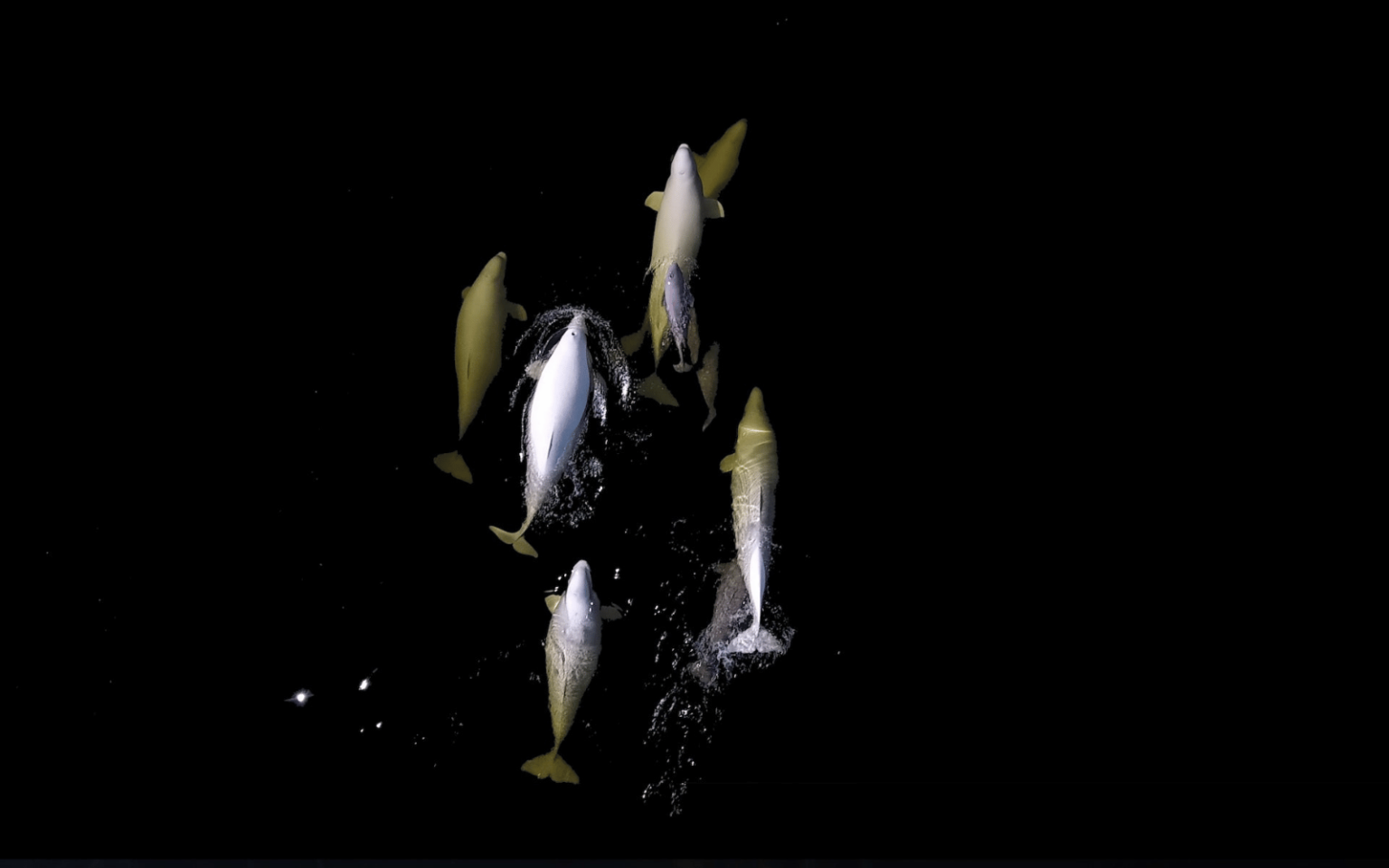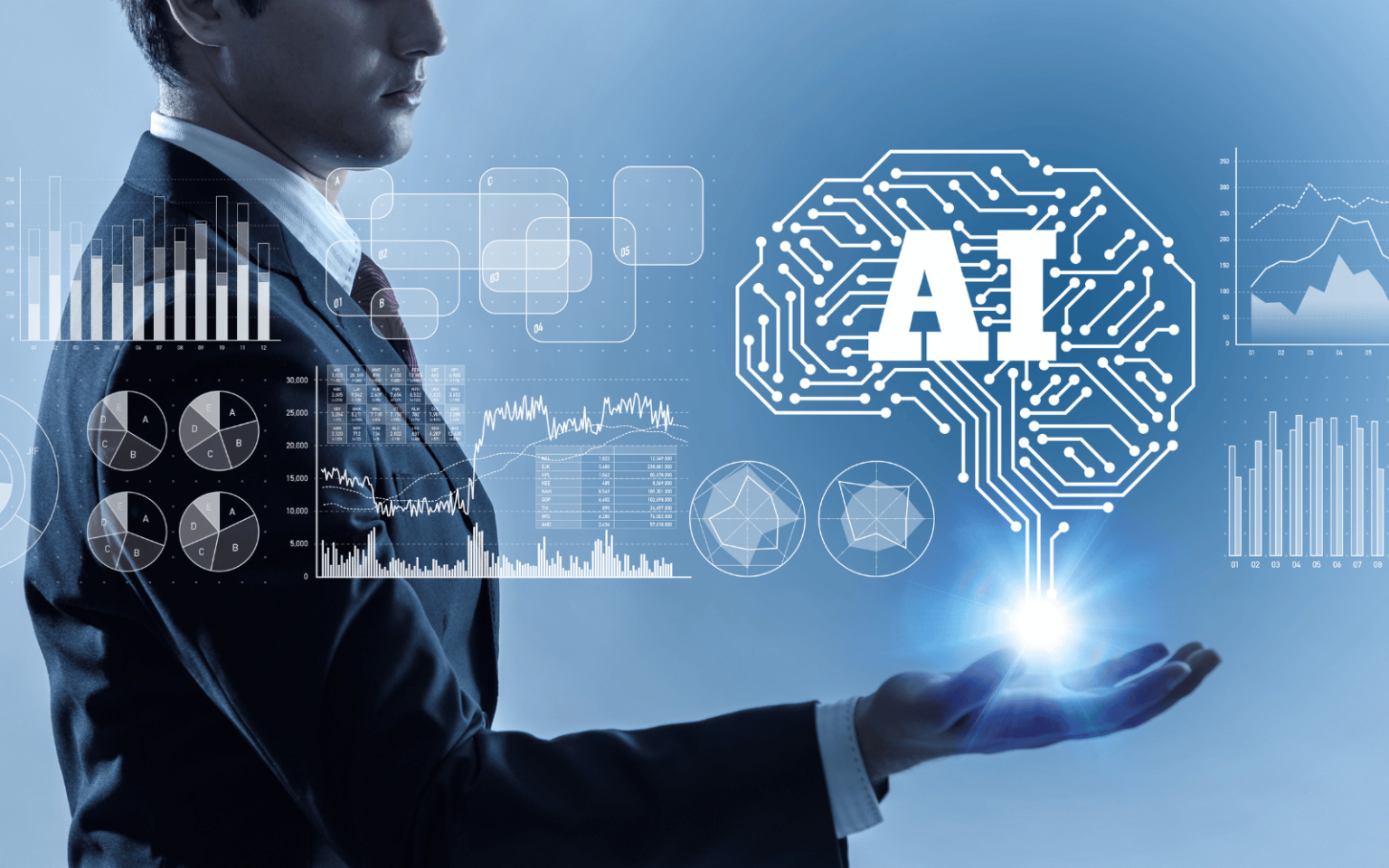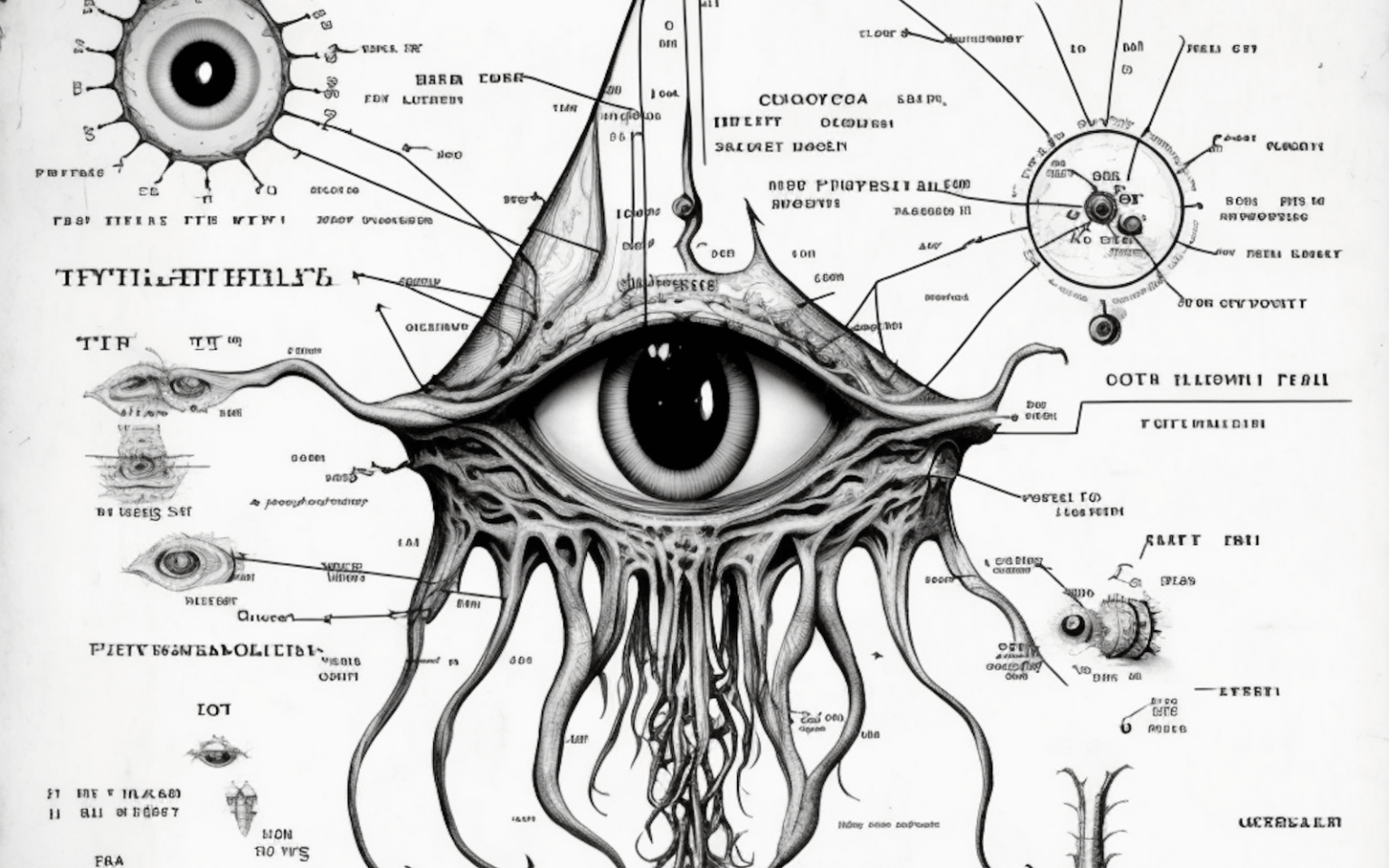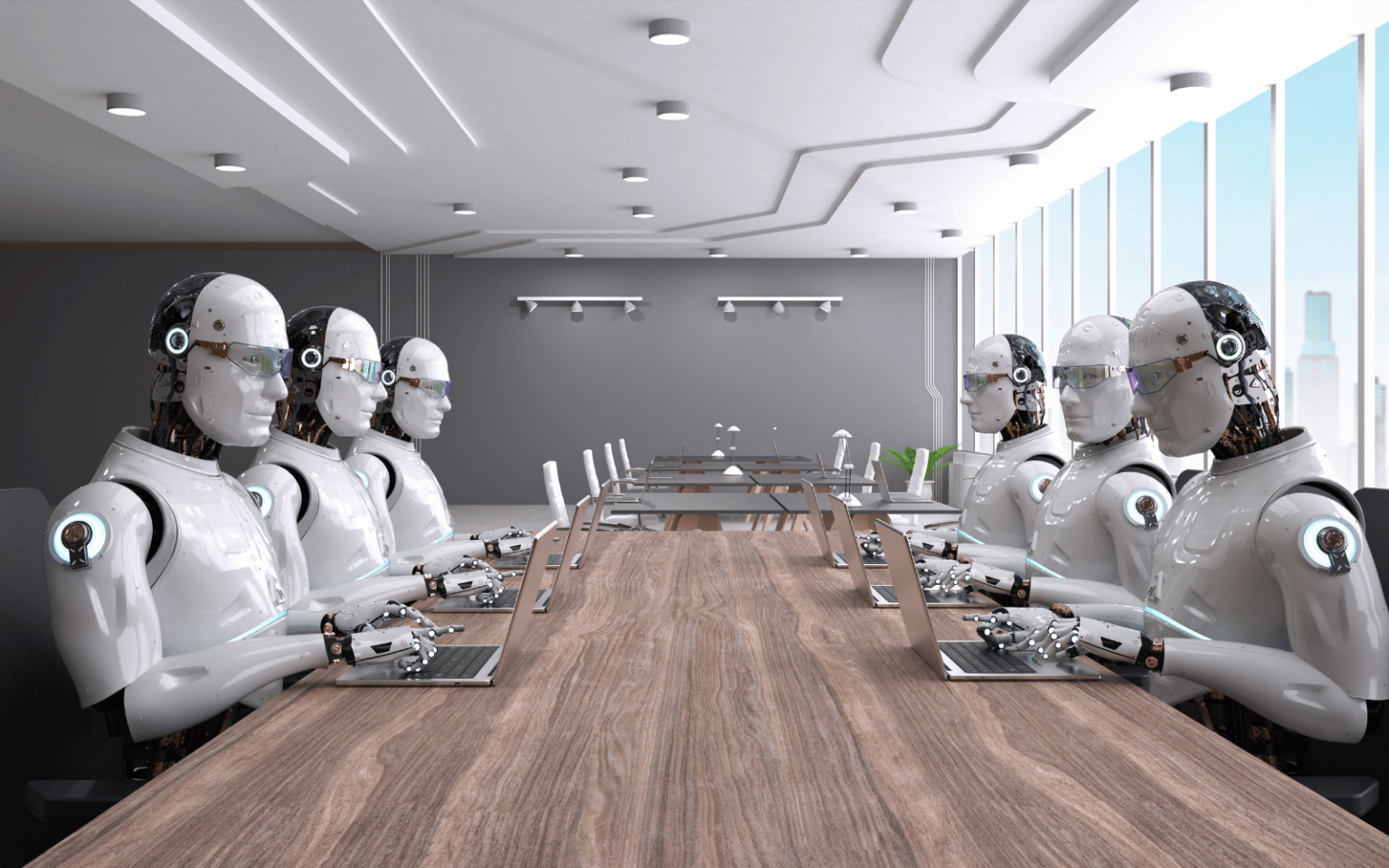Debates about AI often characterise it as a technology that has come to compete with human intelligence. Indeed, one of the most widely pronounced fears is that AI may achieve human-like intelligence and render humans obsolete in the process. However, one of the world’s top AI scientists is now describing AI as a new form of intelligence – one that poses unique risks, and will therefore require unique solutions. Geoffrey Hinton, a leading AI scientist and winner of the 2018 Turing Award, just stepped down from his role at Google to warn the world about the dangers of AI. He follows in…
Author: The Conversation
The famous first image of a black hole just got two times sharper. A research team used artificial intelligence to dramatically improve upon its first image from 2019, which now shows the black hole at the center of the M87 galaxy as darker and bigger than the first image depicted. I’m an astronomer who studies and has written about cosmology, black holes and exoplanets. Astronomers have been using AI for decades. In fact, in 1990, astronomers from the University of Arizona, where I am a professor, were among the first to use a type of AI called a neural network to study the shapes of galaxies. Since then, AI has spread…
South Africa has been grappling with power cuts for 15 years, which have worsened in recent years. The persistent power outages have disrupted every facet of life, including food safety. The Conversation Africa’s Ina Skosana spoke to food safety expert Lise Korsten about the impact of persistent power cuts on the food in our homes and the best ways to protect ourselves. How should we manage the food in our fridges? The reality is that load shedding for extended periods of time is causing temperature fluctuations in our fridges. Particularly if the fridge is regularly opened during load shedding or if it has old…
The independent game Vampire Survivors delivered a shock result at the 2023 Bafta Game Awards when it defeated blockbusters God of War: Ragnarok and Elden Ring to take home the best game prize. The result was met with surprise from many, including the development team themselves. While the developer, Poncle, may lack the budget of big studios, the effortless playability and clever design decisions tap into player psychology in ways that make it extremely satisfying to play. This psychological appeal is not accidental. Game designer Luca Galante has applied his previous experience in the gambling industry to Vampire Survivors. The resulting game distils the…
Mental Health Week, which runs from May 1 to 7, provides an opportunity to reflect on our collective well-being. In addition to rising mental health issues, there seems to be a general malaise across normally well individuals in society. This is manifesting as cognitive and physical exhaustion, limited patience, disinterest in work and a resentment of the stressors in our lives. Many of these stressors may be coming from interactions with technology: small but frequent frustrations that quickly dissipate, but when added up become micro-aggressive tech-triggers of digital distress, defined here as a form of psychological distress caused by a dysfunctional user experience with technology. Tech-triggers…
Drones have changed the way researchers study whales and dolphins. While we were once confined to the decks of boats and observation platforms, glimpsing the backs of surfacing animals, we can now watch them from above. Gaining a bird’s eye view of whales and dolphins has already taught us so much about their physiology and behaviour. However, there is a darker side to drone use in marine research. My doctoral research investigates the behaviour of beluga whales in the St. Lawrence Estuary. I have hundreds of hours under my belt as a drone pilot, flying over these amazing and endangered animals. As a…
It is a cliche that not knowing history makes one repeat it. As many people have also pointed out, the only thing we learn from history is that we rarely learn anything from history. People engage in land wars in Asia over and over. They repeat the same dating mistakes, again and again. But why does this happen? And will technology put an end to it? One issue is forgetfulness and “myopia”: we do not see how past events are relevant to current ones, overlooking the unfolding pattern. Napoleon ought to have noticed the similarities between his march on Moscow and the…
On November 30 2022, OpenAI launched the AI chatbot ChatGTP, making the latest generation of AI technologies widely available. In the few months since then, we have seen Italy ban ChatGTP over privacy concerns, leading technology luminaries calling for a pause on AI systems development, and even prominent researchers saying we should be prepared to launch airstrikes on data centres associated with rogue AI. The rapid deployment of AI and its potential impacts on human society and economies is now clearly in the spotlight. What will AI mean for productivity and economic growth? Will it usher in an age of automated luxury for all, or…
To build a machine, one must know what its parts are and how they fit together. To understand the machine, one needs to know what each part does and how it contributes to its function. In other words, one should be able to explain the “mechanics” of how it works. According to a philosophical approach called mechanism, humans are arguably a type of machine – and our ability to think, speak and understand the world is the result of a mechanical process we don’t understand. To understand ourselves better, we can try to build machines that mimic our abilities. In doing so,…
The social separation imposed by the pandemic led us to rely on technology to an extent we might never have imagined – from Teams and Zoom to online banking and vaccine status apps. Now, society faces an increasing number of decisions about our relationship with technology. For example, do we want our workforce needs fulfilled by automation, migrant workers, or an increased birth rate? In the coming years, we will also need to balance technological innovation with people’s wellbeing – both in terms of the work they do and the social support they receive. And there is the question of…

